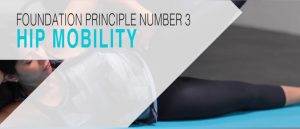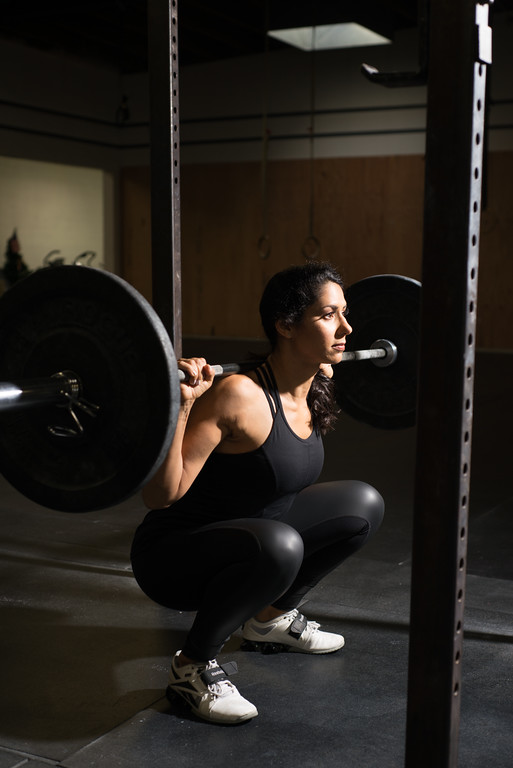When it comes to improving hip mobility you’ve probably tried every stretch under the sun. All the hip flexor stretches, all the yoga; all the foam rolling and band things.
Yet, you may still find yourself stiff a day later.
What’s the deal?
First off, stretching the hip flexor over and over is a complete waste of time, especially if the tightness is a symptom of something else going on in your body.
Super genius Dean Somerset has written extensively on the topic (like this one), and I highly recommend reading his work because the man knows his stuff. Plus, he’s kind of funny and science-y and that’s cool now.
So if tight hips isn’t the problem, what is?
More often than not, my clients experience chronic hip tightness because of a lack of core stability, weak glutes and/or some wonky position of the pelvis.
In the final installment of the Foundation Series video we dig into hip mobility exercises that strengthen and stabilize the core, glutes and pelvic floor — important players in the hip game.

Here’s a quick rundown of how each can contribute to hip stiffness.
Core stability
A slight extension pattern in exercises like the snatch or overhead squat is necessary to a degree, but a lack of adequate core stability can lead to too much extension and cause other muscles around the hip to kick in. We know that when the body lacks stability in one place, it forces the work to the joints above and below it. In this case, the SI joint, hips and shoulders.
Strengthening the core will go a long way in relieving hip tightness and help restore range of motion to the hip, but we have to look beyond planks to make this possible. If your TA lacks adequate stability on one side due to a rotated pelvis, then planking alone won’t help with core stability on that weaker side. We have to address pelvic positioning (more on that below).
In Pilates, the “core” (aka ‘The Powerhouse’) consists of the muscles from the bottom ribs down to the pelvis from front to back. I refer to it as the Waist Trainer muscles, and it’s at the center of every. single. exercise. in the Pilates method. So if you want to rock that core stabilization, look no further than Pilates, which has over 500 exercises to work with.
Glutes
When the glutes aren’t doing their job, every movement that functions with the hips suffers. Performance, mobility, stability, and strength decreases and of course, your body starts looking for other muscles to pick up the slack.
Weak glutes can lead to tight hips, weak ankles and feet, knee pain, and faulty mechanics when you walk, run, squat, or do anything athletic. Moral of the story: Do more butt stuff.
Pelvis
The pelvis doesn’t get a lot of love in strength training circles unless we’re talking about pre- and post-natal women. That’s a damn shame because the pelvis is kind of a big deal. Several muscles in the spine attach to the pelvis, making it an MVP in spinal mechanics.
Activating and strengthening the pelvic floor muscles is considered by many an element of core stability. I am one of those people, which is why I use Pilates to complement strength training exercises. Not only is pelvic floor engagement a goal of many Pilates exercises, the method tends to bring one’s pelvis back to neutral. That alone will often alleviate those with chronically tight hips, so it’s worth the effort.
Watch The Foundation Series video on hip mobility to learn:
- The exercises that strengthen the muscles around the hips
- The concept of hip disassociation
- The role your pelvis plays in movement and performance
https://vimeo.com/237489070


Comments 1
Pingback: Mobility Needs of the Female Strength Athlete - Barbell Pilates with Trish DaCosta